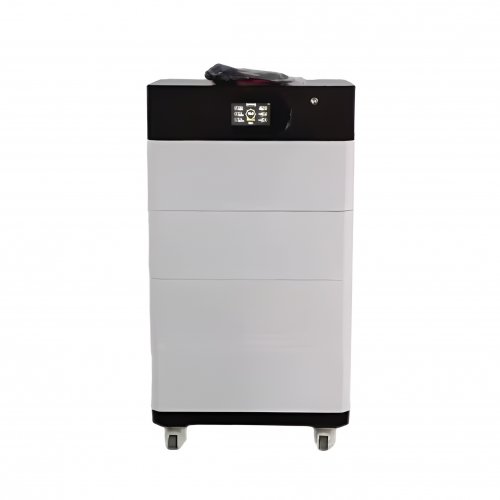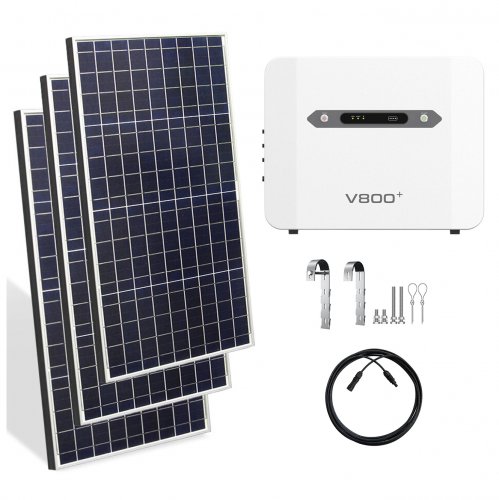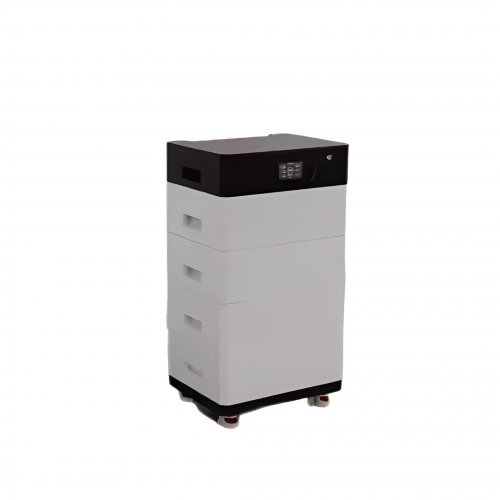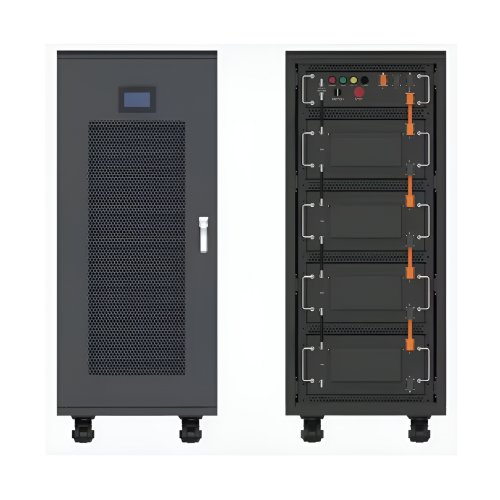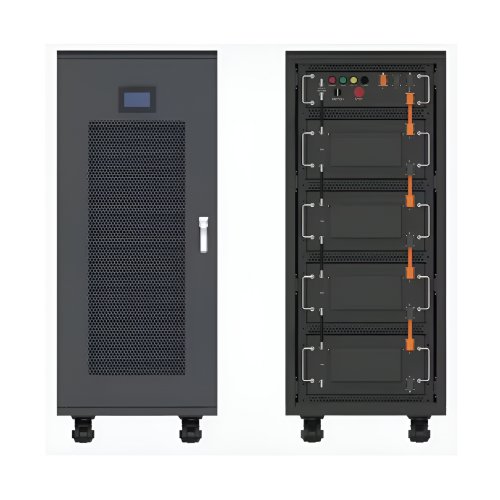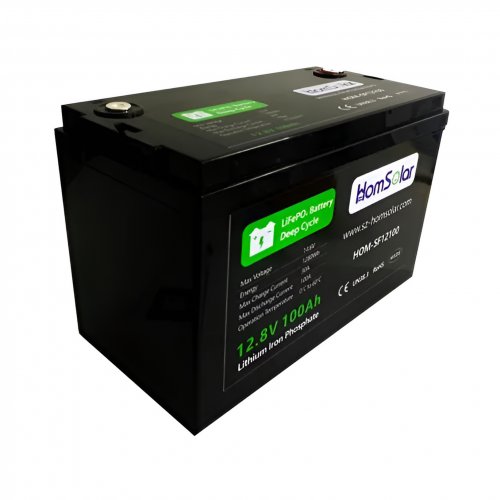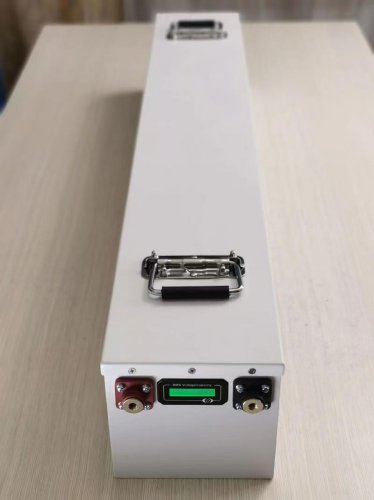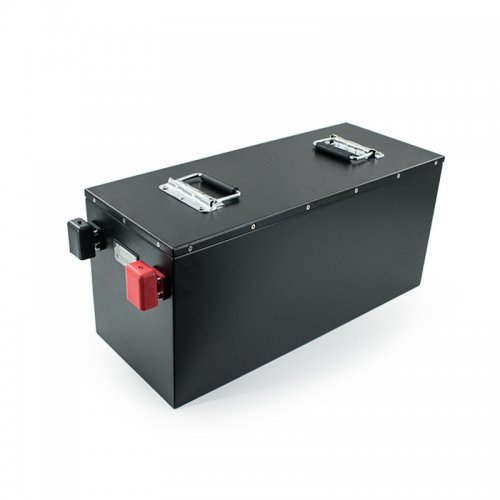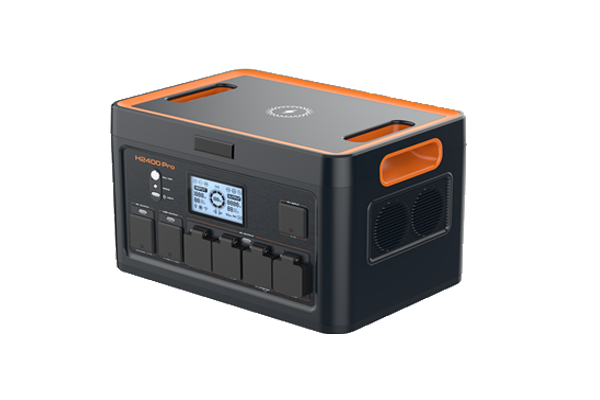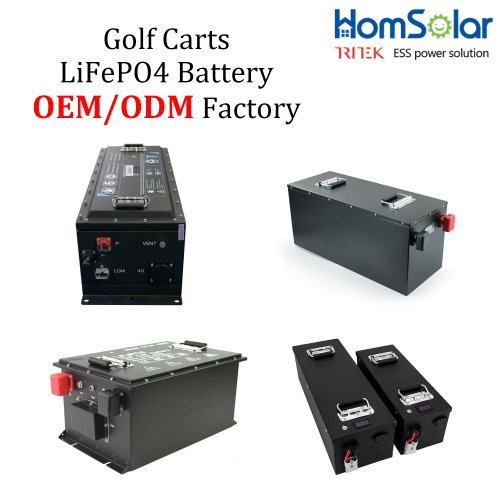Advances In Cathode Materials: Paving The Way For Next-generation Energy Storage
The relentless global pursuit of sustainable energy and electrified transportation has placed lithium-ion batteries (LIBs) at the forefront of technological innovation. While the performance of a battery is an interplay between its anode, electrolyte, and cathode, the cathode material remains a critical determinant of key metrics such as energy density, cost, cycle life, and safety. Recent years have witnessed a surge of groundbreaking research aimed at overcoming the inherent limitations of conventional cathodes, pushing the boundaries of chemistry, structure, and processing to unlock new performance paradigms.
The Evolution of Conventional Cathodes and Their Limitations
Commercial LIBs have long relied on intercalation-type cathode materials. Layered oxides, particularly lithium cobalt oxide (LCO), pioneered the commercial era but suffer from high cost, cobalt toxicity, and structural instability at high voltages. Its successors, lithium nickel manganese cobalt oxide (NMC) and lithium nickel cobalt aluminum oxide (NCA), have achieved remarkable commercial success by incrementally increasing nickel content to boost capacity and energy density. The state-of-the-art now includes single-crystal NMC811 and ultra-nickel-rich NMC (e.g., NMC9o.5) cathodes. These materials mitigate microcracking and improve cycle life by reducing the high surface area of polycrystalline particles that are prone to electrolyte attack and degradation.
However, the fundamental ceiling of these layered structures is approaching. The delithiation of high-nickel cathodes at high states of charge accelerates detrimental phase transitions, oxygen release, and parasitic reactions with the electrolyte. Furthermore, the geopolitical and ethical concerns surrounding cobalt supply have intensified the drive for cobalt-free alternatives.
Emerging High-Capacity and Novel Cathode Chemistries
Beyond the incremental optimization of NMC, several disruptive cathode families are showing immense promise.
1. Lithium-Rich Manganese-Rich (LMR) Layered Oxides: Often denoted as xLi₂MnO₃·(1-x)LiMO₂, these materials offer exceptionally high capacities (>250 mAh/g) by leveraging both cationic and anionic redox chemistry, where the oxygen lattice participates in the charge compensation mechanism. The primary challenge has been voltage fade, hysteresis, and oxygen loss upon cycling. Recent breakthroughs involve novel surface coatings and doping strategies. For instance, a study byXie et al. (2023)demonstrated that a coherent spinel surface layer, formed via a specific doping protocol, can effectively suppress oxygen vacancy formation and phase transformation, leading to a significant mitigation of voltage decay and a dramatic improvement in long-term cycling stability. This surface engineering approach provides a viable pathway to harness the ultra-high capacity of LMR cathodes.
2. Sulfur and Oxygen Cathodes: Moving beyond intercalation, conversion-type cathodes like sulfur (in Li-S batteries) and oxygen (in Li-O₂ batteries) offer theoretical energy densities an order of magnitude higher than LIBs. For Li-S batteries, the primary hurdles are the polysulfide shuttle effect and sluggish reaction kinetics. The latest research focuses on designing advanced host materials for the sulfur cathode. A notable breakthrough is the development of single-atom catalysts (SACs) embedded in porous carbon matrices. Research fromZhao et al. (2022)showed that Fe-N₄ SACs could dramatically enhance the conversion kinetics of lithium polysulfides, effectively anchoring them and suppressing the shuttle effect, resulting in batteries with exceptionally long cycle life and high sulfur utilization.
3. Solid-State Battery Cathodes: The advent of solid-state batteries (SSBs) necessitates a rethinking of cathode design. The primary issue is the high interfacial resistance between the brittle cathode particles and the solid electrolyte. "Catholytes," or composite cathodes where active material particles are intimately mixed with a solid ionic conductor, are the leading solution. A significant technological leap has been the development of sulfide-based and halide-based solid electrolytes that offer high ionic conductivity rivaling liquid electrolytes. Furthermore, research is exploring cathodes that are themselves good mixed ionic-electronic conductors (MIECs), reducing the dependency on carbon additives and minimizing interfacial degradation. The work byLee et al. (2023)on constructing a continuous ion-conducting network within the cathode composite using a ductile halide solid electrolyte showcased a low-impedance interface and enabled high-rate capability in SSBs.
Synthesis and Processing Innovations
The performance of cathode materials is intrinsically linked to their synthesis. Co-precipitation remains the industry standard for producing NMC precursors, but control over morphology, composition gradient, and single-crystal growth is constantly refined. More radically, sol-gel methods and advanced sintering techniques (e.g., microwave and spark plasma sintering) are being explored to achieve more homogeneous cation mixing and unique nanostructures at lower temperatures and shorter timescales, reducing energy consumption and cost.
Dry electrode processing, a technology pioneered by Tesla, represents a monumental shift. By eliminating the energy-intensive and toxic solvent (N-Methyl-2-pyrrolidone) used in traditional slurry casting, this not only reduces the environmental footprint and cost but also allows for thicker electrodes, thereby increasing the energy density at the cell level. This processing technique is particularly beneficial for next-generation cathodes like sulfur and high-nickel NMC, which are sensitive to solvent interactions.
Future Outlook and Challenges
The future trajectory of cathode development is multi-faceted. Several key directions are clear:Cobalt-Free and Abundant Element Strategies: The ultimate goal is to replace cobalt entirely without compromising performance. Iron-based cathodes, such as lithium iron phosphate (LFP), are experiencing a renaissance due to their superior safety, longevity, and low cost, with ongoing research focused on improving their inherently lower voltage and energy density through nanostructuring and carbon coating. New polyanion compounds and disordered rock-salts are also being intensely investigated as they offer diverse compositional flexibility and potentially high capacities.Interface Mastery: As batteries are pushed to higher voltages and coupled with aggressive anodes like lithium metal, the cathode-electrolyte interphase (CEI) becomes as critical as the SEI on the anode. The deliberate design of a stable, ionically conductive, and protective CEI through novel electrolyte additives and artificial interphases will be a central research theme.The Role of AI and High-Throughput Computing: The vast compositional and structural space of potential cathode materials is being navigated with the aid of machine learning and density functional theory (DFT) calculations. These tools can predict stable structures, voltages, and ionic migration barriers, accelerating the discovery of novel materials before costly and time-consuming synthetic efforts are undertaken.
In conclusion, the field of cathode materials is far from stagnant. It is a dynamic arena where fundamental science meets advanced engineering. The convergence of novel chemical compositions, sophisticated structural control, and revolutionary processing techniques is steadily overcoming the barriers of energy density, cost, and sustainability. The continued progress in cathode technology will undoubtedly be the cornerstone for powering a cleaner, electrified future, from long-range electric vehicles to grid-scale energy storage systems.
References:
1. Xie, Y., et al. (2023). "Mitigating Voltage Decay in Lithium-Rich Layered Oxides by a Spinel Coating Layer."Nature Energy, 8(2), 145-155. 2. Zhao, M., et al. (2022). "Single-Atom Catalysts for Promoting the Polysulfide Conversion in Lithium-Sulfur Batteries."Advanced Materials, 34(15), 2108412. 3. Lee, Y.-G., et al. (2023). "High-Energy-Density Solid-State Batteries with a Halide-Based Cathode Composite."Science, 379(6631), 534-539.
Customized/OEM/ODM Service
HomSolar Supports Lifepo4 battery pack customization/OEM/ODM service, welcome to contact us and tell us your needs.


HomSolar: Your One-stop LiFePO4 Battery Pack & ESS Solution Manufacturer
Our line of LiFePO4 (LFP) batteries offer a solution to demanding applications that require a lighter weight, longer life, and higher capacity battery. Features include advanced battery management systems (BMS), Bluetooth® communication and active intelligent monitoring.

Customised Lithium Iron Phosphate Battery Casing
ABS plastic housing, aluminium housing, stainless steel housing and iron housing are available, and can also be designed and customised according to your needs.

HomSolar Smart BMS
Intelligent Battery Management System for HomSolar Energy Storage System. Bluetooth, temperature sensor, LCD display, CAN interface, UART interface also available.


Terminals & Plugs Can Be Customized
A wide range of terminals and plugs can be customised to suit the application needs of your battery products.

Well-designed Solutions for Energy Storage Systems
We will design the perfect energy storage system solution according to your needs, so that you can easily solve the specific industry applications of battery products.



About Our Battery Cells
Our energy storage system products use brand new grade A LiFePO4 cells with a battery lifespan of more than 4,000 charge/discharge cycles.



Applications in Different Industries
We supply customized & OEM battery pack, assemble cells with wiring, fuse and plastic cover, all the cell wires connected to PCB plug or built BMS.
Applications: E-bike, Electric Scooter, Golf Carts, RV, Electric Wheelchair, Electric Tools, Robot Cleaner, Robot Sweeper, Solar Energy Storage System, Emergency Light, Solar Power Light, Medical Equipment, UPS Backup Power Supply.
We can provide you with customized services. We have the ability to provide a vertical supply chain, from single cells to pack/module and to a complete power solution with BMS, etc.


HomSolar (Shenzhen) Technology Co., Ltd







